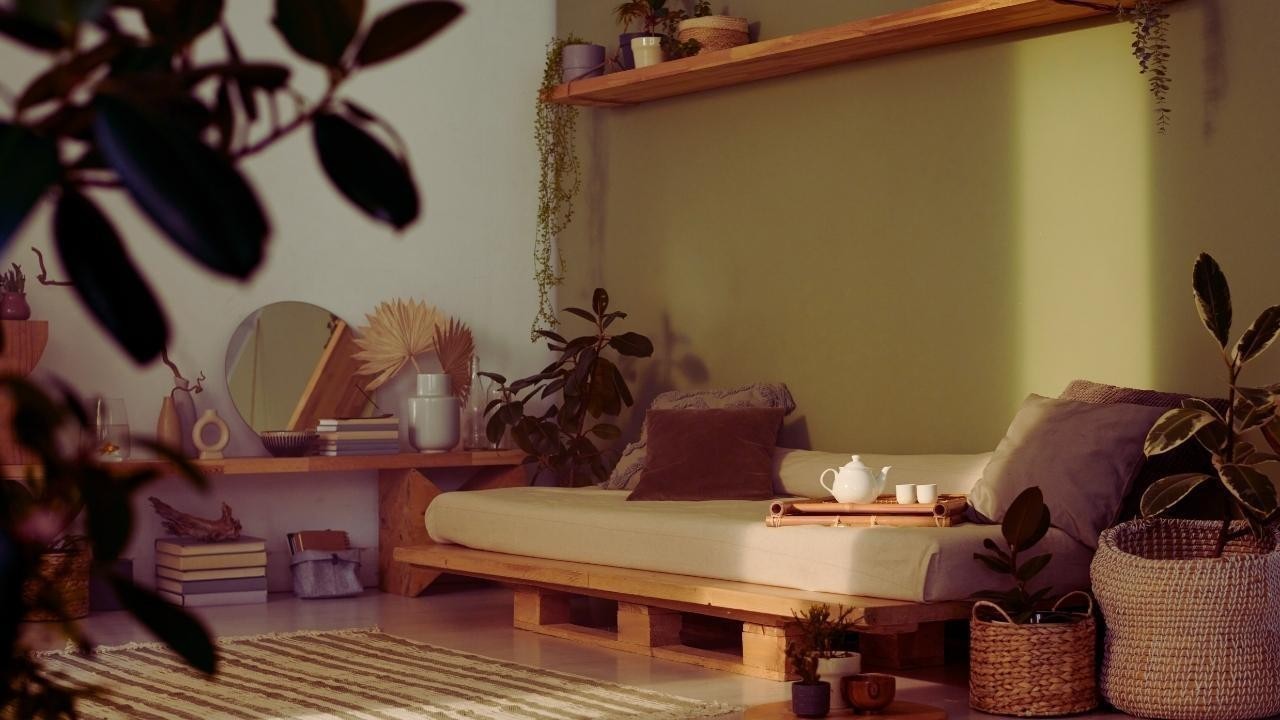
Post by : Anish
At some point in the last decade, a subtle shift occurred: people stopped simply using things and started displaying them. Whether it’s a morning cup of matcha, a humble corner of the home, or the desk you work on—everything has to look good. The world has become an exhibition, and we’re all busy staging it.
We’ve entered an age where form doesn’t just follow function—it often overrides it. From how we plate food to how we edit photos of our vacations, there’s a growing impulse to present life as a cohesive, well-designed brand. What used to be practical is now performative. Even the simplest of moments—pouring tea, writing in a journal, opening a package—must now meet a certain visual standard to feel “worth it.”
This aesthetic culture isn’t necessarily shallow. In fact, it often stems from a deep human desire for beauty, order, and belonging. But the constant demand for things to be “Instagram-worthy” or “visually soothing” has started to rewire how we interact with the world, and ourselves.
The aesthetic era didn’t emerge overnight. It began quietly, with platforms like Pinterest and Tumblr in the early 2010s, where curated visuals inspired everything from interior design to daily outfits. Then came Instagram—a platform that wasn’t just built for connection, but for visual storytelling. Suddenly, everyone became a curator of their own lives.
Minimalism. Cottagecore. Dark academia. Coastal grandmother. The rise of micro-aesthetics didn’t just define styles—it created entire digital identities. People no longer wore clothes; they subscribed to moods. A living room wasn’t just a place to relax—it had to fit a theme, reflect a palette, and signal a vibe.
Today, aesthetic choices aren't just about beauty—they're statements. What you post, wear, cook, or decorate says something about your values, your taste, and even your intellect. The line between who you are and how things look has never been thinner.
In the world of likes, shares, and endless scrolling, aesthetics offer instant validation. A perfectly framed shot of a coffee table setup or a rainy window with a book evokes admiration. The visual appeal becomes currency.
But there’s a flip side: the growing sense that things which don’t look good are somehow less valuable. An unphotogenic meal, a messy workspace, or an unstyled outfit begins to feel like a personal failure. Even moments that are deeply felt—grief, boredom, laziness—are often edited out because they don’t “fit the feed.”
The danger lies in the expectation. If everything must look good to be seen or shared, then life becomes a performance. We start measuring worth not by experience or function, but by aesthetic merit. And in doing so, we risk reducing our lives to a visual timeline instead of a lived one.
Scroll through any platform and you’ll see a strange trend—people sharing their “real messy days” with carefully selected lighting, perfect angles, and intentional clutter. Authenticity is being aestheticized too.
Messy buns, coffee-stained journals, unpacked suitcases—all shot in flattering light and captioned with self-aware humility. We’re now in the era of “curated chaos,” where imperfection itself has become a style.
While this might seem more honest, it’s still a performance. Real chaos isn’t usually aesthetic. It’s unfiltered, blurry, and sometimes uncomfortable. But in our obsession with beauty, even imperfection is not left untouched.
To understand our obsession with aesthetics, we have to consider the emotional context. In a world overwhelmed by bad news, personal stress, and environmental anxiety, beauty becomes a form of escapism. A well-decorated room or a color-coded pantry gives a sense of control in an otherwise unpredictable world.
Designing our surroundings—or even our days—to look beautiful gives us the illusion of harmony. A clean flatlay of morning rituals offers order. A pretty outfit brings purpose. Aesthetic living, at its best, is a form of self-soothing.
Beauty, in this sense, isn’t shallow—it’s therapeutic. It creates islands of peace in a noisy world. The problem begins when this pursuit becomes compulsive—when we no longer know how to appreciate moments unless they’re styled for a camera.
There’s a silent cost to aesthetic culture. Maintaining an “Instagram-worthy” lifestyle often requires spending on decor, skincare, clothes, and accessories—not always for personal joy, but for social approval.
From candles and diffusers to linen curtains and glassware, the market for lifestyle aesthetics has exploded. Influencer trends push aspirational living, subtly teaching us that beauty equals success, even if it’s just surface-level.
This creates invisible pressure, especially for young adults, students, and lower-income groups, who may feel the need to “keep up” just to stay relevant. The result? A constant tension between desire and affordability—and the risk of feeling “less than” for choosing function over form.
Brands were quick to recognize the power of visuals. Today, aesthetic marketing is everywhere—clean fonts, beige palettes, mood lighting, unboxing experiences. Even fast-food brands are rebranding with minimalist packaging and mood-based ad campaigns.
This aesthetic branding makes consumers feel like they’re buying into a lifestyle, not just a product. A candle isn’t just a fragrance—it’s a story. A phone case isn’t just a cover—it’s an extension of identity. Every purchase becomes a step toward a visual ideal.
While this can be emotionally appealing, it also deepens the aesthetic obsession. It convinces people that how something looks is just as important as how it works—or even more.
What no one talks about is how exhausting it can be to keep up with the aesthetic life. The constant pressure to photograph, arrange, edit, and upload turns even simple joys into tasks. A meal becomes a photoshoot. A new book becomes a prop.
This performance fatigue is real. People begin to lose connection with their real preferences. They might wear outfits that look good online but feel uncomfortable. They might buy items they don’t need just because they “fit the vibe.”
And worst of all, they begin to confuse visual satisfaction with emotional fulfillment. But they’re not the same. A pretty journal doesn’t mean your thoughts are clear. A clean desk doesn’t mean you’re focused. A beautiful meal doesn’t mean you're nourished inside.
None of this is to say aesthetics are bad. Beauty is meaningful. Style is expressive. A cozy room, a clean outfit, or a beautifully plated dish can genuinely lift your mood.
But when everything starts to exist for the sake of looking good, we lose something. We lose spontaneity, sincerity, and often satisfaction. The challenge is not to reject aesthetics—but to redefine our relationship with them.
Ask yourself: Is this visual choice feeding my joy or my ego? Am I creating for myself or for others? Do I enjoy this moment even without a camera?
If the answer is yes, your aesthetic is authentic.
Interestingly, as the fatigue from perfection grows, a quiet rebellion is starting to take shape. More people are beginning to share blurry photos, real moments, messy emotions, and unfinished stories. The rawness is becoming the new aesthetic.
This shift isn’t about abandoning beauty—but embracing imperfection as part of it. It’s about returning to moments that feel right, even if they don’t look perfect. It’s about valuing how things function, how they support us, and how they feel in real life—not just how they appear in a grid.
We live in a world where we’ve begun to see first, feel second. Our eyes are trained to judge before our hearts can process. But real living cannot be curated. It can only be felt.
Aesthetics can enhance life—but they shouldn’t replace it. Not everything needs to be pleasing to be powerful. Sometimes the blurry, the imperfect, and the unfiltered moments hold more truth than the most beautifully edited image.
The obsession with aesthetics isn’t the enemy—it’s the overreliance on them that’s dangerous. When we learn to see beauty in authenticity, in utility, and in emotion, we begin to reclaim a world that feels as good as it looks.
The views and opinions expressed in this article are solely those of the author and do not necessarily reflect the official stance of DXB News Network. The content is intended for general insight and cultural reflection only.

India vs West Indies Test Series 2025: A Clash of Heritage and New Beginnings
The 2025 India vs West Indies Test series promises fierce cricketing battles with new leadership, em

Lal Bahadur Shastri Birth Anniversary: Remembering India’s Humble Prime Minister
Lal Bahadur Shastri, India’s second Prime Minister, is remembered for his humility, integrity, and s

Korean Scientists Teach Robots to “Forget” for Faster Navigation
New Physical AI helps autonomous robots forget outdated info, boosting efficiency in factories and l
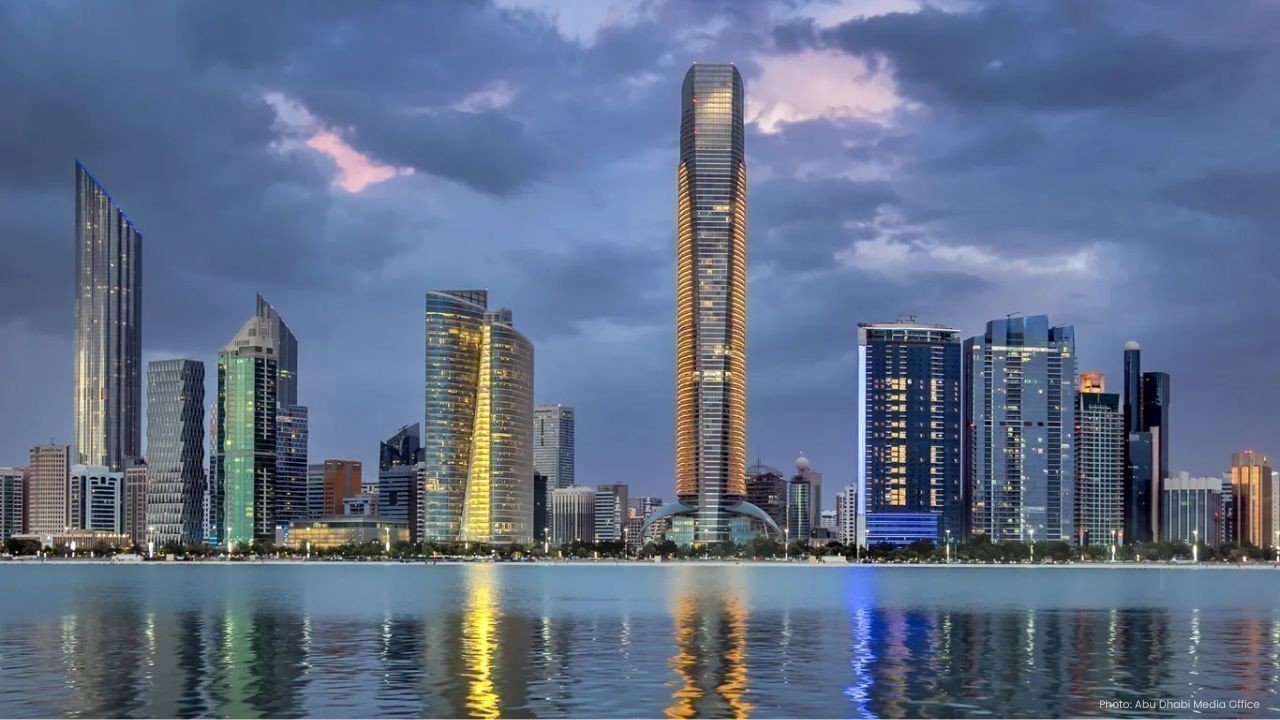
Abu Dhabi Q2 GDP Hits AED306B, Non-Oil Sectors Lead Growth
Abu Dhabi’s Q2 2025 GDP reaches AED306B, with non-oil sectors driving record growth in manufacturing

DEWA Joins Global vPAC Alliance, Leading MENA Power Sector
DEWA becomes first MENA utility in vPAC Alliance, advancing smart grids, digital networks, and globa
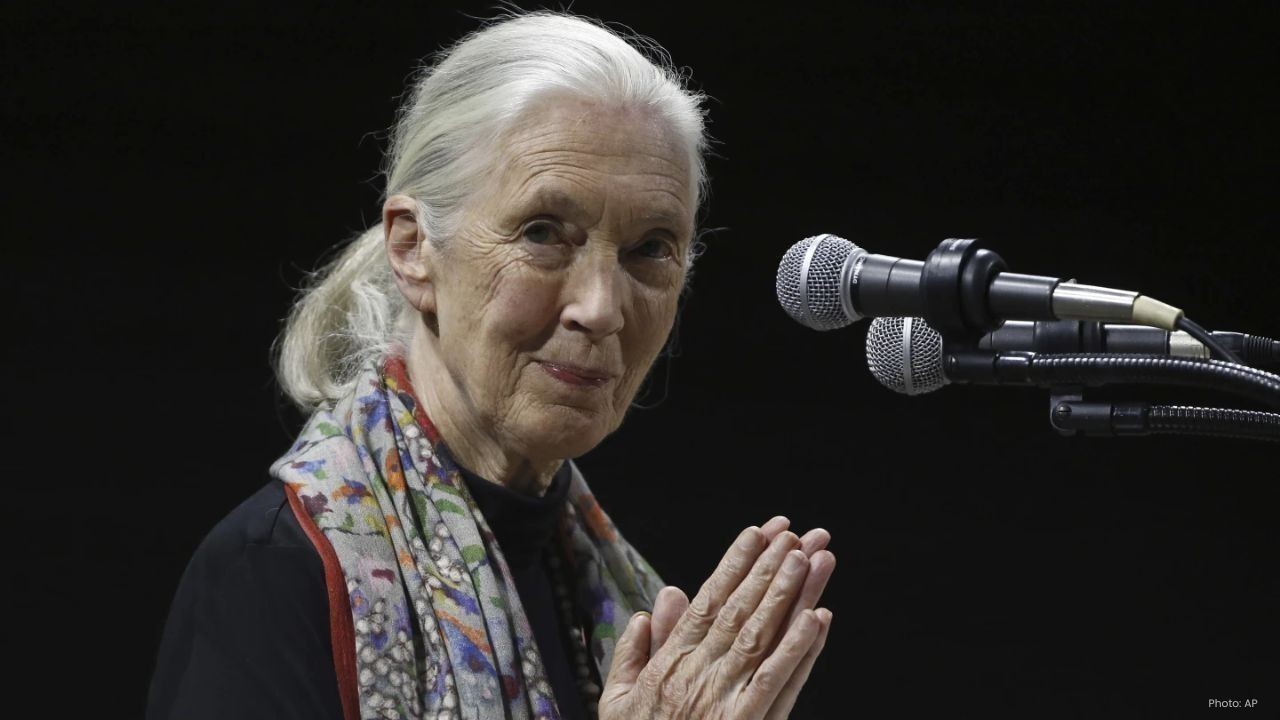
Jane Goodall Dies at 91: Legendary Voice for Wildlife Lost
Renowned primatologist Jane Goodall passes at 91, leaving a legacy of groundbreaking chimpanzee rese

UAE to Launch World-Class Passenger Rail with Etihad & Keolis
Etihad Rail partners with Keolis to introduce world-class passenger rail in UAE by 2026, offering se

Fusion of Tradition and Modernity Balancing Heritage and Modern Life
Explore how tradition and modernity blend to shape culture innovation and society creating a balance

Top Nutrient Rich Foods Every Woman Should Eat for Better Health & Energy
Discover top nutrient rich foods every woman should eat to boost energy immunity and overall healt
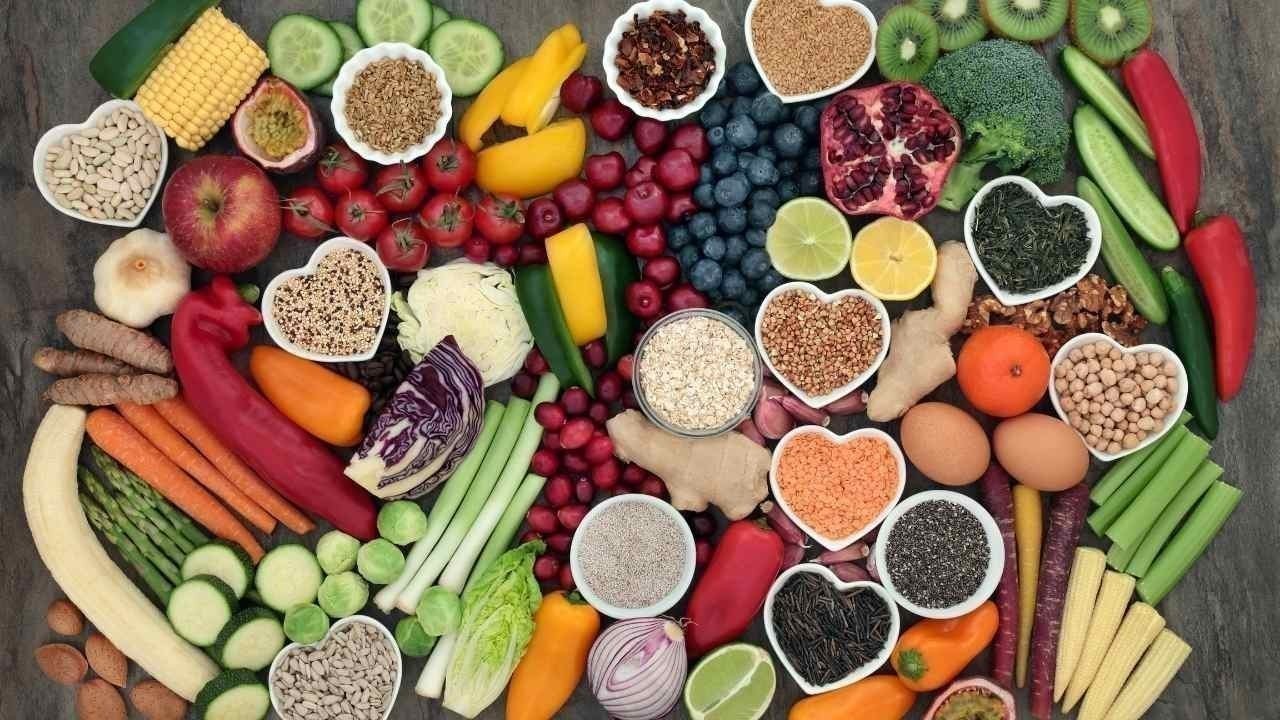
Fibre for Weight Loss How High Fibre Foods Help You Shed Pounds Naturally
Learn how fibre helps you lose weight naturally keeps you full boosts digestion and supports a healt
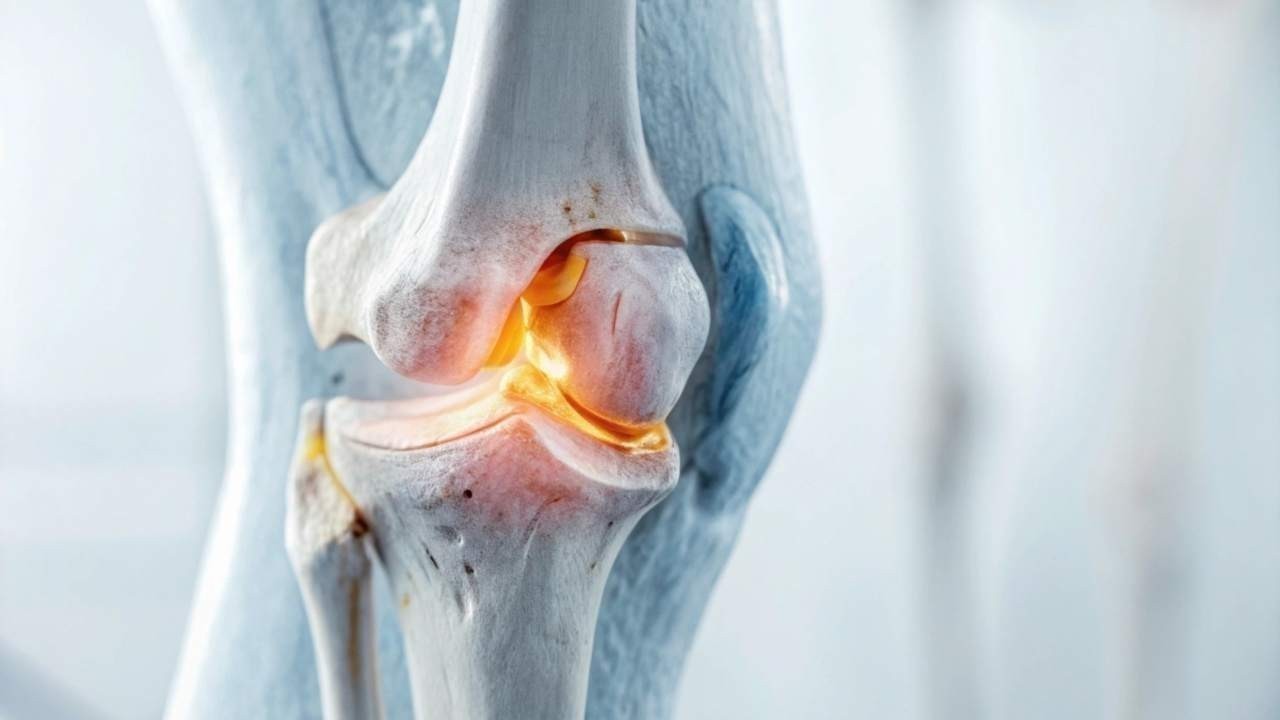
Small Weight Loss Tips to Protect Your Knees
Even small weight loss can reduce knee pain improve mobility and protect joints Learn simple tips to
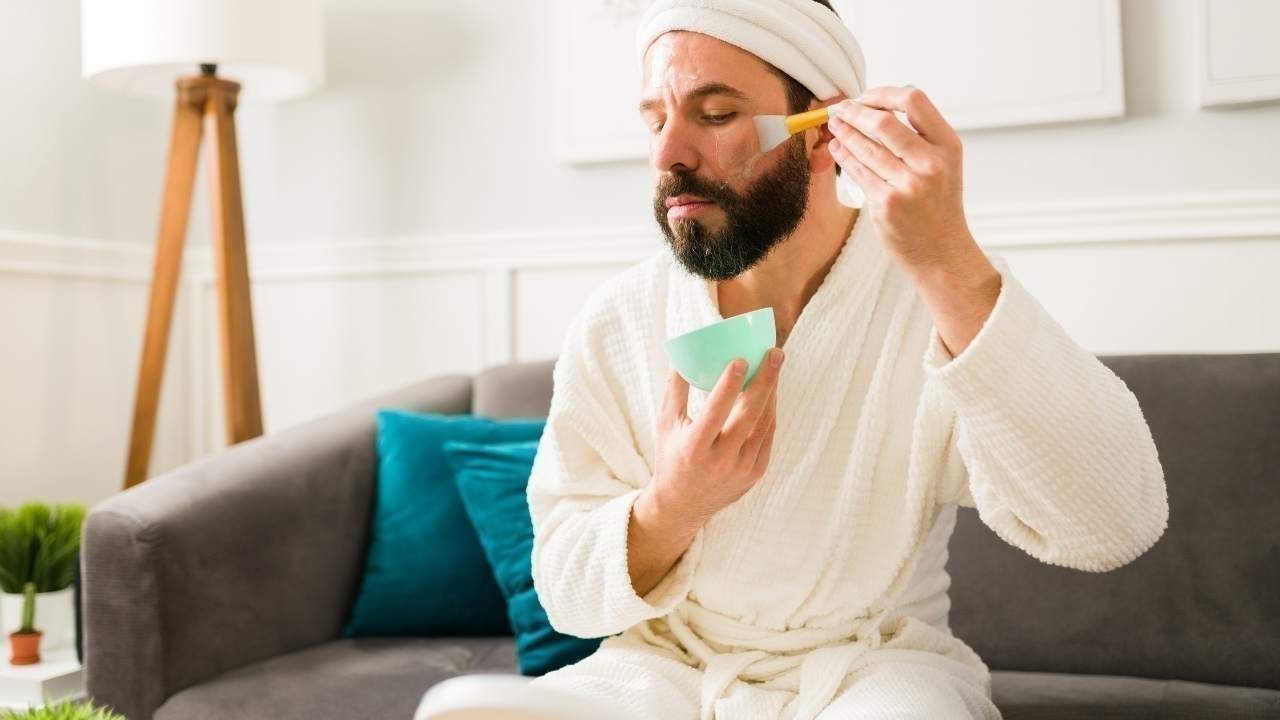
Men s Grooming & Skin Care Guide Tips for Healthy Skin and Confidence
Discover the ultimate men s grooming and skin care guide with tips for healthy skin hair care and co
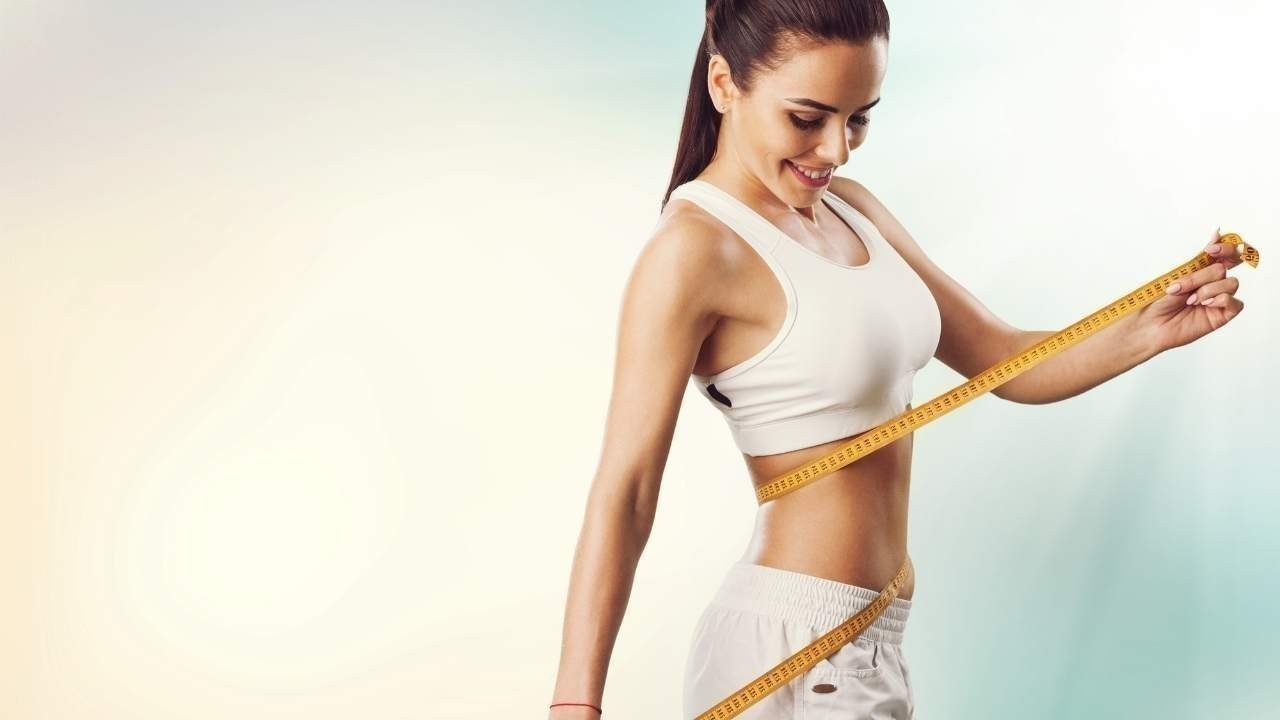
Body Contouring & Slimming in Dubai Safe Non Surgical Ways to Reshape Your Body
Discover safe effective body contouring & slimming treatments in Dubai to reduce fat tighten skin an
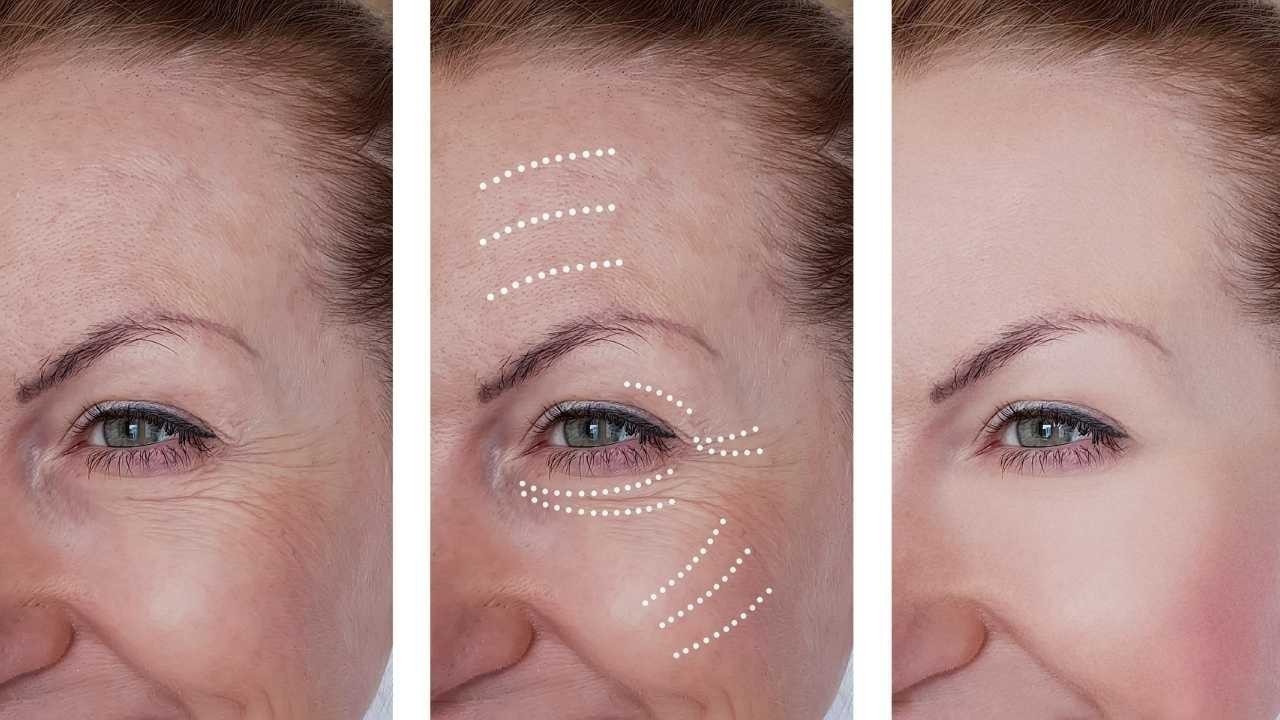
Anti Aging & Rejuvenation in Dubai Secrets to Younger Skin & Wellness
Discover anti aging & rejuvenation in Dubai From Botox to natural care explore safe treatments for y
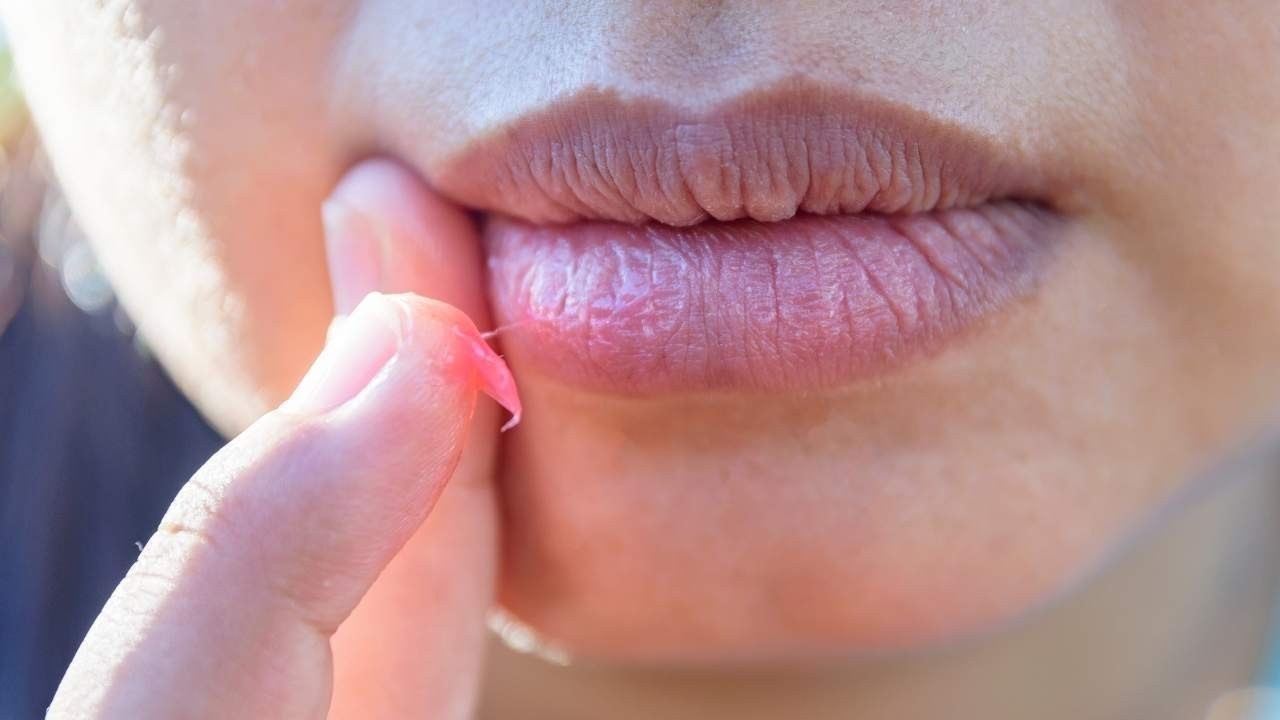
Lip Tanning & Sun Damage Causes Signs Prevention & Treatments
Learn about lip tanning and sun damage Discover causes signs prevention and treatments to keep your